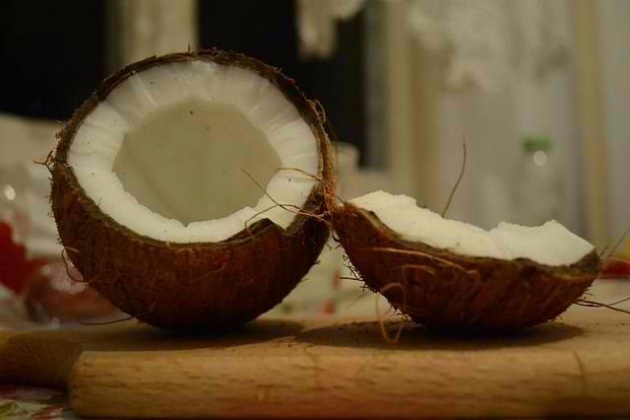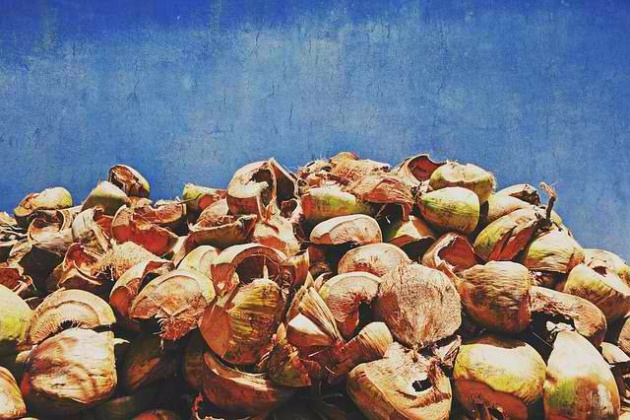Throughout the world, scientists have discovered over 150 different species of coconut trees. Most of them only grows on countries that offers tropical climate weather conditions. Actually, these trees prefers to live on sandy soil and requires a lot of sunlight with regular rainfalls.
 When it comes to health, the coconut fruits offers an important part of our diet because these fruits contains a lot of valuable vitamins and minerals that are needed by our body. Aside from consumption, the fruits are also being manufactured into beauty care products and even an alternative fuels for vehicles.
When it comes to health, the coconut fruits offers an important part of our diet because these fruits contains a lot of valuable vitamins and minerals that are needed by our body. Aside from consumption, the fruits are also being manufactured into beauty care products and even an alternative fuels for vehicles.
 Coconuts are not just being valued for their fruits. You may also be surprised to know that Construction Industries used the trees in the production of various wooden items.
Coconuts are not just being valued for their fruits. You may also be surprised to know that Construction Industries used the trees in the production of various wooden items.
Some Interesting Facts about the Coconut Fruits
1. Researchers claims that the coconut fruit is not a "nut" but a "drupe". Other typical drupes includes peach, plums and cherries.
2. In World War II, some military soldiers in the tropical regions had used coconut water for emergency transfusions. Scientists have actually confirmed that the coconut water can be used as a substitute for blood plasma. The explanation for this is that, the coconut water contains high level of sugar and other salts which makes it perfectly suitable to be added into the bloodstream.
3. There's a difference between coconut milk and coconut water. A coconut milk contains high fat content which can be around 17 percent but low in sugar.
4. The white portion and edible part of the coconut fruit is called, "coconut meat" which contains high amount of copper, manganese and potassium.
5. Extracted coconut oil from the fruit is a direct substitute for the petroleum diesel.
Some Interesting Facts about the Coconut Tree
1. When under perfect weather conditions, a single coconut tree can produce up to 75 fruits each year. But in most cases, it can produce up to 30 fruits each year.
2. Coconut trees can survive in the wild for up to 100 years of age.
3. Depending on the specie of the coconut tree, it can either be dwarf or tall. Most dwarf coconut trees have an average height of 20 to 60 feet while tall coconut trees can reach a surprising height of up to 98 feet.
4. The trunk of coconut trees was traditionally used in building bridges, houses and boats. This is due to the quality of the wood being straight, durable and salt-resistance.
5. Coconut trees consists of long pinnate leaves measuring 13 to 20 inches in length.
 Overall, all parts of the coconuts can actually be exploited where none of the parts goes to waste.
Overall, all parts of the coconuts can actually be exploited where none of the parts goes to waste.



